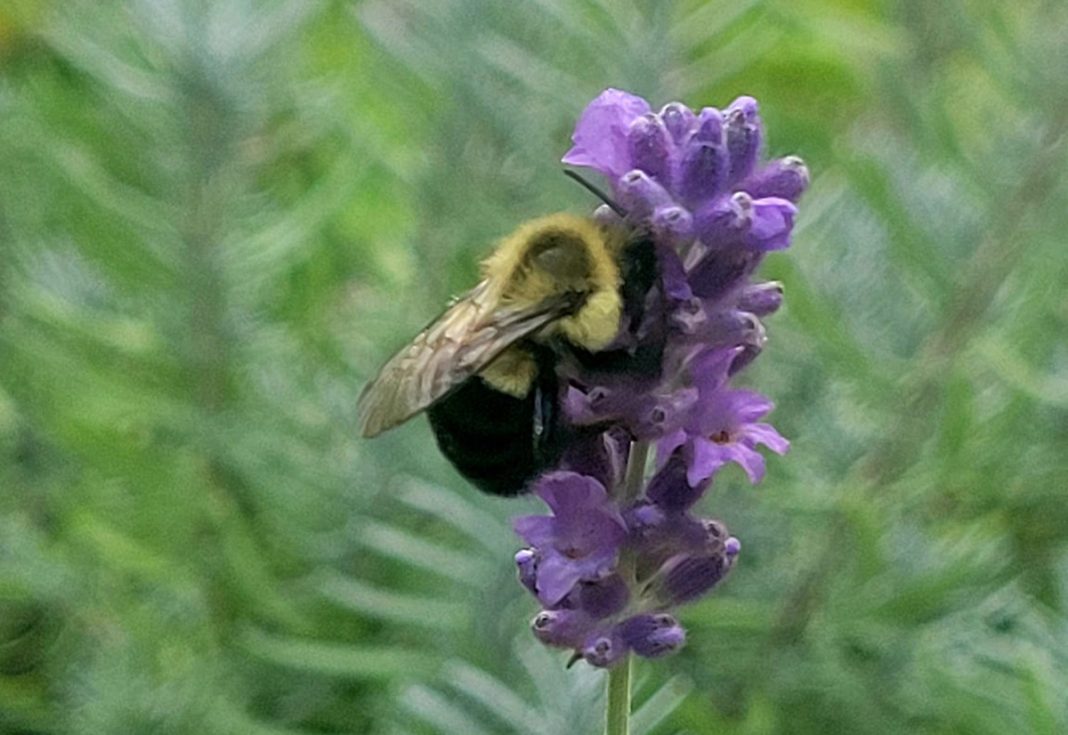I am writing from home today, a little week-long staycation I take each spring to spend planting and tending my garden. The long days outside, hands and bare feet in the soil, are good for my heart, my soul, and my body.
Gardening is the long game and a grand experiment. I have dreamed about having a little tiny frog pond for years, inspired by a London based allotment gardener on social media. The universe seemed to say ‘do it!’ this year. I learned the Twin Cities had been reclassified into zone 5, so a wee bit warmer. When the Friends School Plant Sale Catalog arrived in my mailbox and I opened it, two full pages of water plants stared back at me, courtesy of the MN Watergarden Society. I bought a 2 foot wide insert and picked a few native Minnesota plants to add to my list. Maybe I will attract frogs, maybe it will all die overwinter. I can’t wait to watch her all summer, to take notes, to learn.
Last week I was telling my Dad how I share my strawberries with the chipmunks who live below my house. They are fearless. I told him about my frog pond and mentioned I would need to figure out how to keep the racoons out. “You aren’t planting a garden,” he said, “you’re building a habitat.”
Indeed, I am intentionally gardening for biodiversity. Americans dump 100 million pounds of toxic insecticides, pesticides and ‘fertilizers’ on our gardens each year. The drive to have perfectly manicured and pristine lawns of bluegrass and controlled landscaping have contributed to the current biodiversity crisis of catastrophic proportions. The Insect apocalypse is real and we’ve lost nearly half of them on planet earth in the past couple of decades. One third of our food exists as the result of insect pollination. Bird populations in North America alone have declined by 29%, their diet is the disappearing insects.
Habitats and ecosystems are about honoring relationships, mutuality and dependencies. For far too long humans have separated themselves from that family of life. The symbiotic relationship between monarch butterflies and milkweed is well known, and each butterfly, and most insects, has a host plant that it is tied to.
It is time for some existential multitasking. Yes, ride your bike to work. Yes, advocate for clean energy solutions. Recycle, upcycle, and untangle yourself from consumerism. And then head outside and embrace another solution: plant some flowers. Not just any flowers, plant some native species. Interplant your veggies with flowers that attract pollinators and beneficial insects. Liberate your lawn and sow some clover, self heal, and thyme. As ecological horticulturist Rebecca McMackin says,
“Lawns should be area rugs not wall to wall carpet.”
We must change our ideas of beauty, and then beautify with other animals and life in mind. Since dedicating my yard to native wildflowers and growing food through regenerative methods I have delighted in the variety and abundance of pollinators and beneficial insects sharing my space. What will you grow in your garden this year? How will your garden reflect your commitment to climate justice? Remember, gardening is a long game and a great experiment, there is no time to waste. Start the journey today.
Susan Phillips
Executive Director


